The Power of Retargeting: How to Bring Back Lost Customers and Boost Sales Fast
Not every visitor buys the first time they hit your website — in fact, most leave without taking action. That’s where retargeting comes in: a game-changing strategy that reconnects you with visitors who showed interest but didn’t convert…yet.
At Prime Business Growth, we know how to turn “maybe later” into “yes, now!” Let’s break down what retargeting is, why it works, and how to use it to recover lost customers and skyrocket your sales.
1️⃣ What Is Retargeting & How Does It Work?
Retargeting (aka remarketing) uses smart ads to follow users who visited your site — showing them personalized ads as they browse other sites and social media.
How it works:
Tracking Cookies: A tiny piece of code (cookie) tags visitors when they land on your site.
Targeted Ads: Ads based on their behavior (viewed products, abandoned cart) remind them to come back and convert.
2️⃣ Why Retargeting Is So Effective
Boosts Brand Recall: Customers need 7-8 touchpoints before buying — retargeting keeps you top-of-mind.
Encourages Return Visits: Gives interested visitors the nudge to finish what they started.
Personalization Wins: Ads feature exactly what users looked at, driving higher engagement.
Higher Conversion Rates: Warm leads are easier to convert — retargeting gets better CTRs and sales.
3️⃣ Top Retargeting Campaign Types
Site Retargeting: Ads targeting past visitors, tailored by pages they browsed.
Cart Abandonment: Personalized ads showing items left behind in the cart.
Search Retargeting: Reaching users who searched related terms but haven’t visited your site yet.
Email Retargeting: Ads targeting those who opened but didn’t click your emails.
4️⃣ How to Set Up a Retargeting Campaign
Pick Your Platform: Google Ads, Facebook Ads, LinkedIn — where’s your audience?
Install Tracking Pixel: Add code on your site to collect visitor behavior data.
Segment Your Audience: Target users by specific actions—product views, sign-ups, cart abandonments.
Create Personalized Ads: Use visuals and messaging that remind users what they left behind.
Set Frequency Caps: Avoid ad fatigue by controlling how often users see your ads.
5️⃣ Best Practices to Crush Your Retargeting Campaign
Personalize Ads: Dynamic ads with relevant products convert better.
Offer Incentives: Discounts, free shipping, or limited-time promos boost return rates.
Mix Up Ad Formats: Test images, carousels, videos to see what clicks.
Track & Optimize: Monitor CTR, conversions, ROAS — tweak to maximize performance.
Ready to Win Back Lost Customers?
Retargeting is the secret weapon to recover sales, increase conversions, and deepen customer relationships. If it’s not part of your marketing game plan yet, it’s time to get started.
At Prime Business Growth, we help you launch and manage high-impact retargeting campaigns that bring visitors back — turning interest into revenue.


